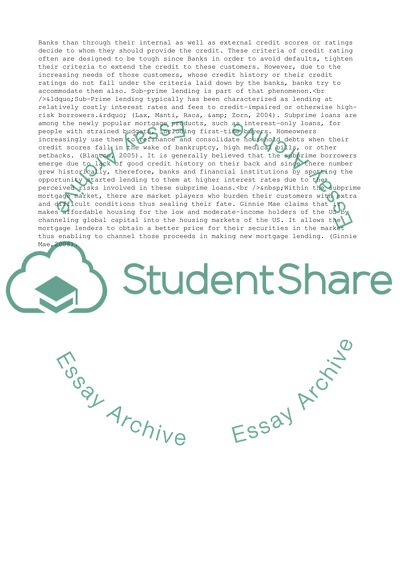Cite this document
(Prime, Subprime Mortgages and Difference between Them Assignment, n.d.)
Prime, Subprime Mortgages and Difference between Them Assignment. https://studentshare.org/business/1713158-securitisation
Prime, Subprime Mortgages and Difference between Them Assignment. https://studentshare.org/business/1713158-securitisation
(Prime, Subprime Mortgages and Difference Between Them Assignment)
Prime, Subprime Mortgages and Difference Between Them Assignment. https://studentshare.org/business/1713158-securitisation.
Prime, Subprime Mortgages and Difference Between Them Assignment. https://studentshare.org/business/1713158-securitisation.
“Prime, Subprime Mortgages and Difference Between Them Assignment”. https://studentshare.org/business/1713158-securitisation.


